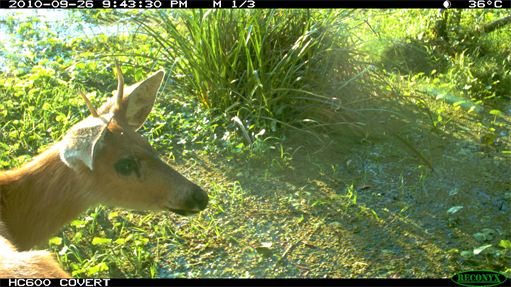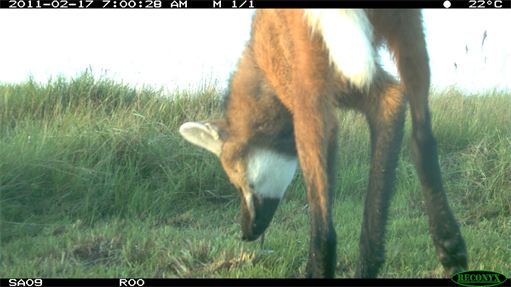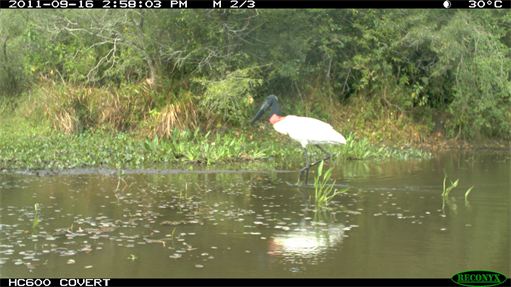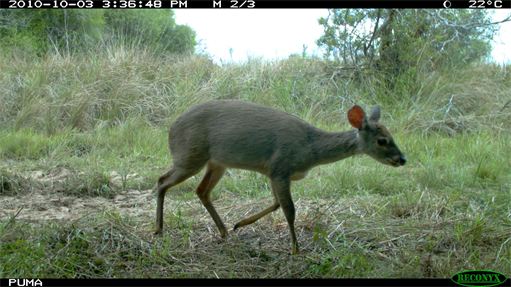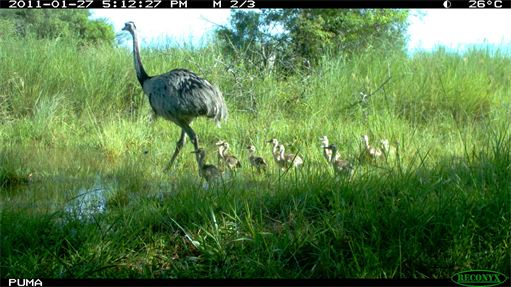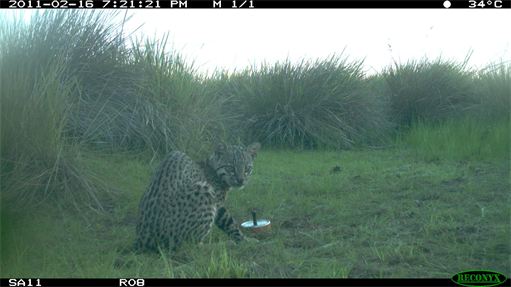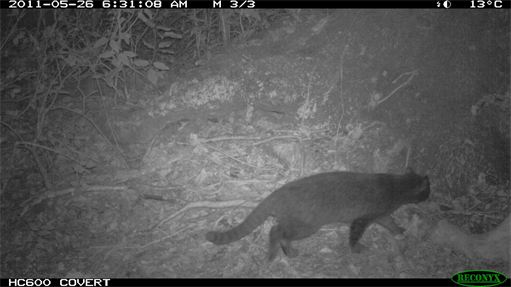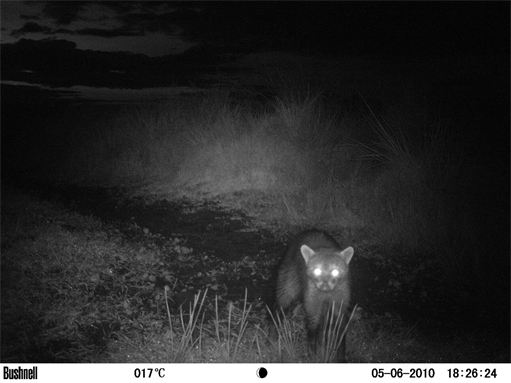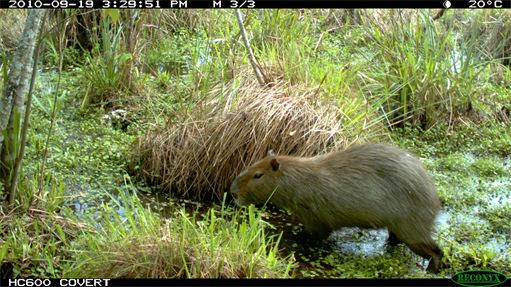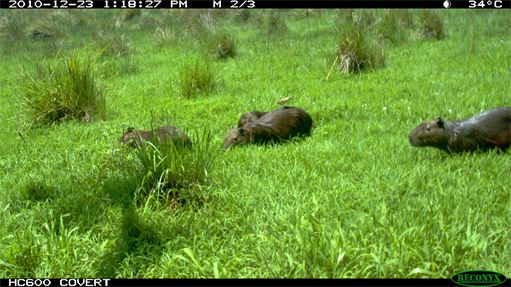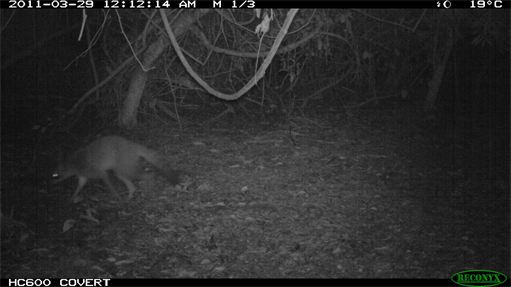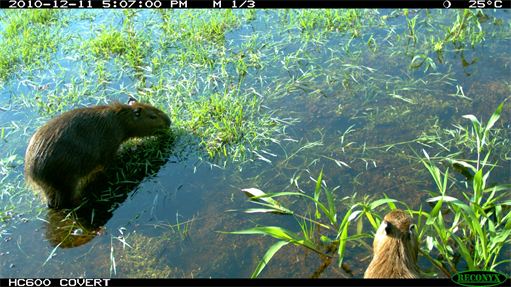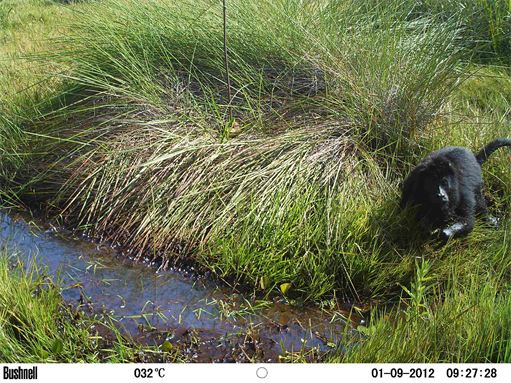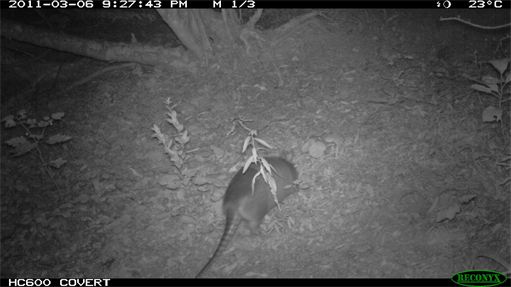
Strange Tails
We're delighted to have a strong population of strange-tailed tyrants at the reserve. So much so that we've adopted these beautiful and endangered birds as the symbol of the Trust
The growing diversity of the animals of Reserva Don Luis is a fresh source of delight every time we return. We don't play favourites, but it's impossible not to engage more with some of our more conspicuous guests. One of these is the strange-tailed tyrant. The male is stoic in his tolerance of one of nature's strangest - and it would seem least practical - adaptations. He's willing to suffer to be beautiful, and somehow manages to fly with tail feathers that were surely designed for a bird three times his size.
We love his perseverance; his resolution to succeed against challenge, and his ability to prove that anything is possible. He's appearing in growing numbers on the Reserva Do Luis, and his success has become an allegory for, and a symbol of, our own.
When we started the process of updating and redesigning our website, we wanted to adopt an image that symbolised our aims and our challenges. This brave little flycatcher, with his indomitable character, was the perfect choice.
The logo is a stylised profile of a male tyrant, silhouetted against the sunrise. We coloured the sun the blue of the Argentinian flag in honour of this country's beauty, its climate and the breathtaking span of magnificent animals that it nurtures.

Bat Research
Our bat team is conducting bat research both in the Ibera Marshes and in other provinces. We are especially concentrating on Misiones at the moment where we find the largest bat in Argentina, Chrotopterus auriitus and Myotis ruber, two species that we are researching.
Candid Camera
Our camera traps provide us with the opportunity to capture images of wildlife at their most relaxed, far from man-made disturbance.
The cameras have been in place since September 2010. They're usually installed about 1m high on a tree trunk or post and angled slightly downward. We choose locations where the animals come to feed, drink or bathe, so they're typically around bodies of water, marsh areas, forests and forest margins.
The results vary considerably, and few of them are either perfectly exposed or thoughtfully composed. But we find them absolutely magical; they give us the chance to see the shyest, most secretive of our guests in their natural environment and behaviour.
In September 2012 we finally captured the first image of the Maned Wolf at our reserve and since then we have had several more. We also have several pictures of the neotropical otter as well as a male, female and juvenile Grey Brocket deer. There are also some images taken with the camera traps we've loaned to the giant anteater project. They have pumas and giant anteaters which we do not have at Don Luis (yet!).
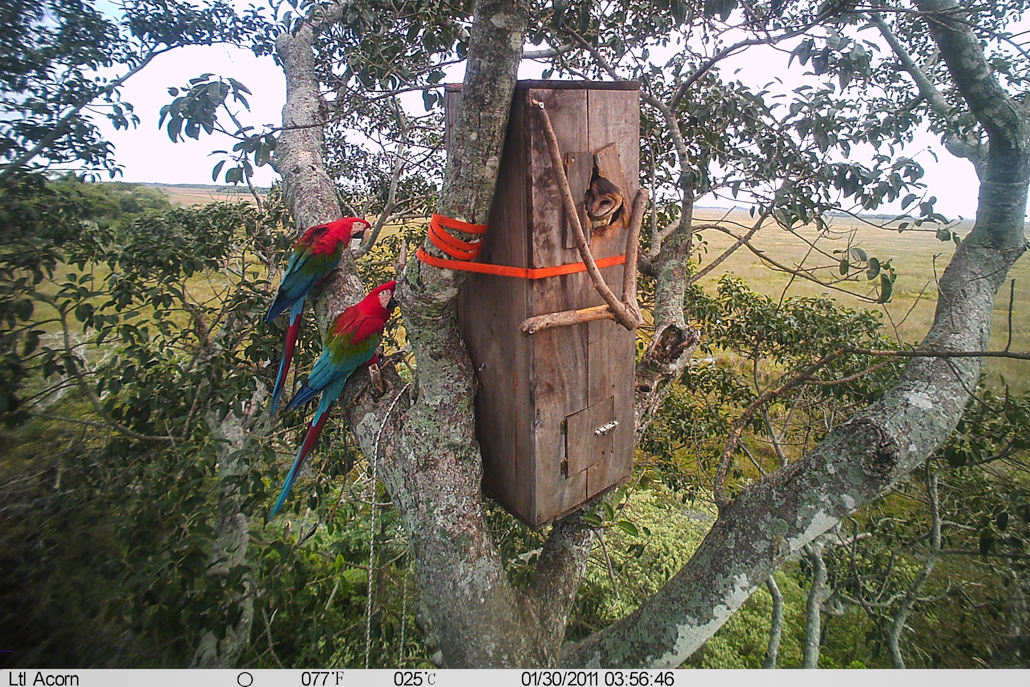
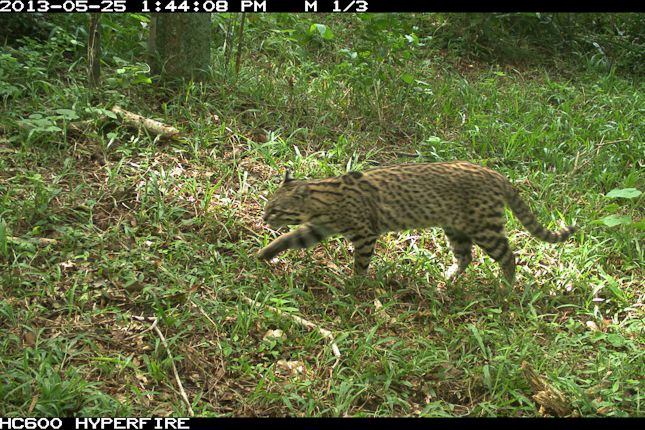
.jpg)
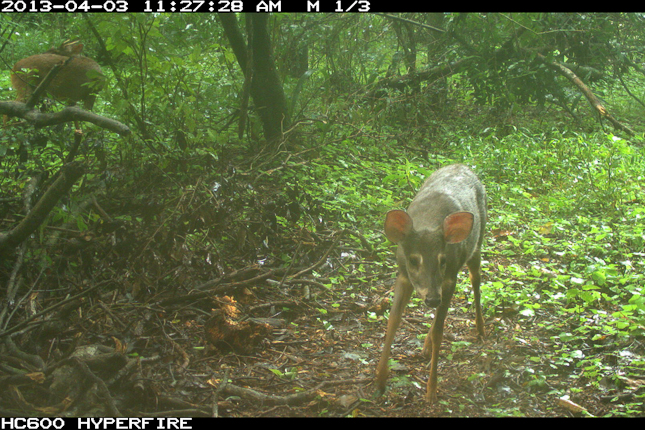
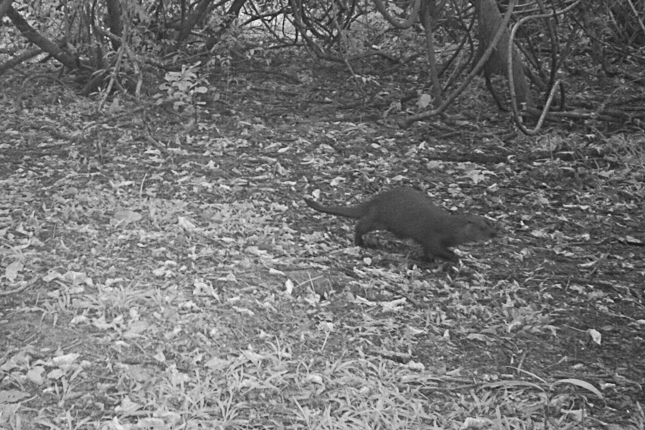
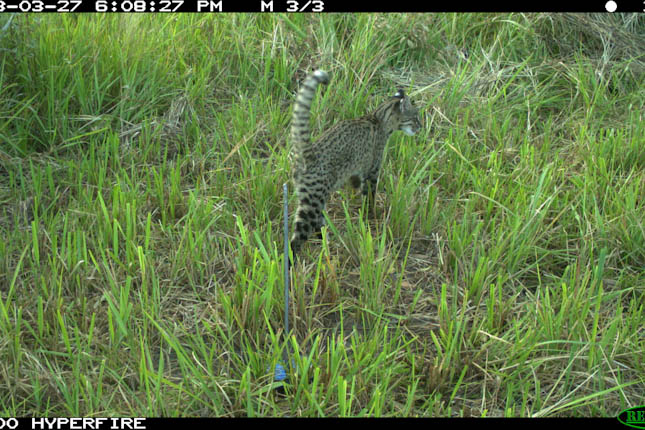
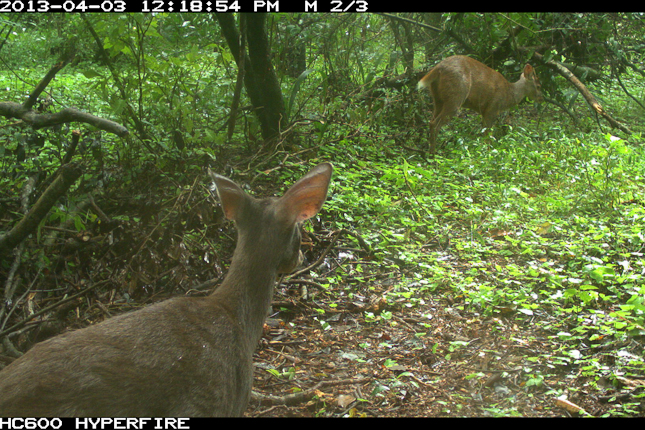
.jpg)
.jpg)
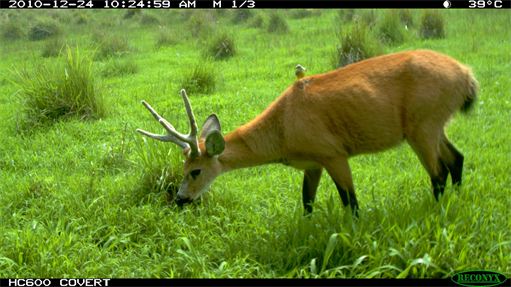
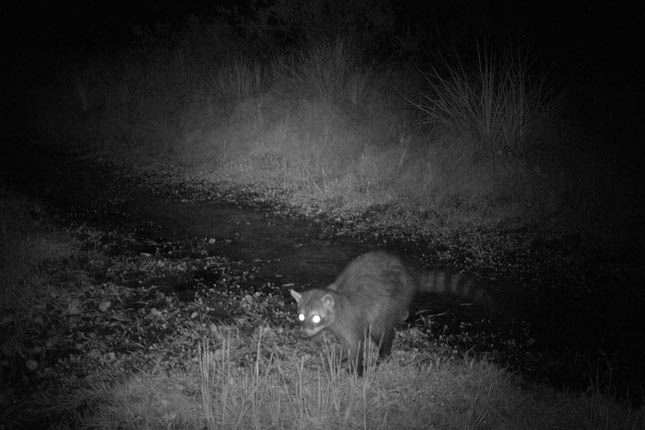
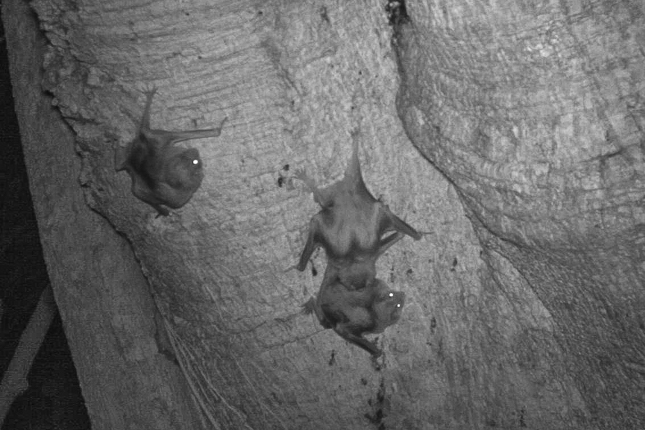
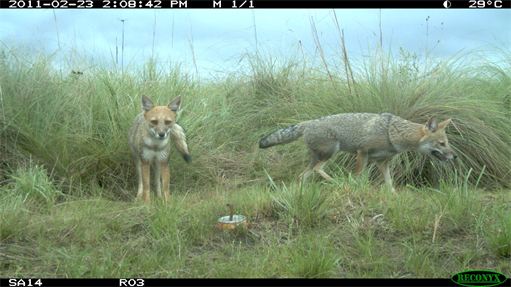
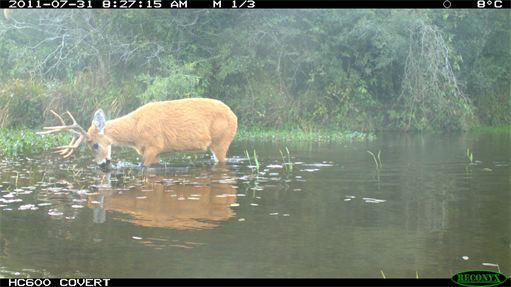
.jpg)
